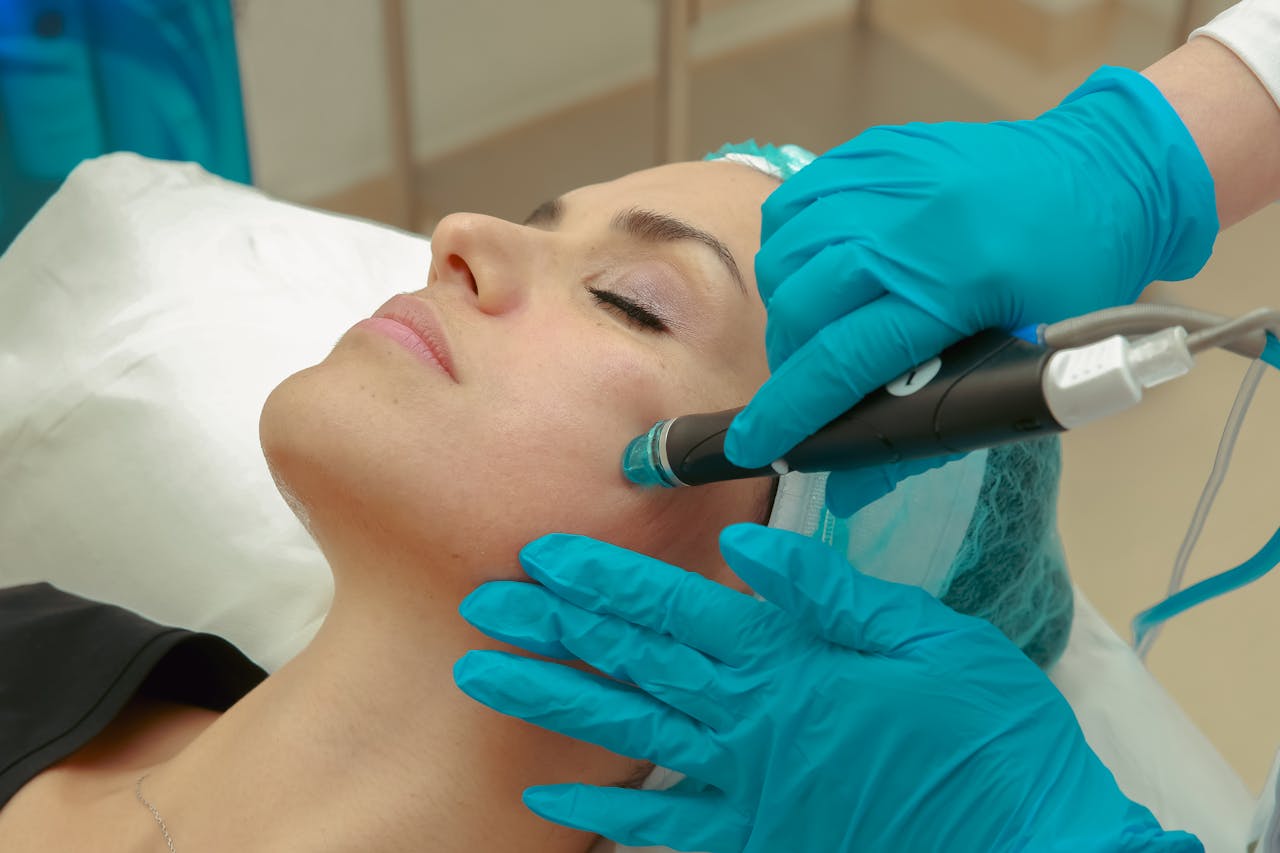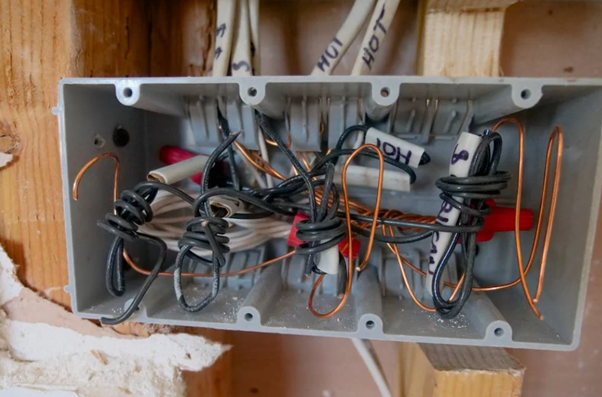Workplace Air Quality More Important Now Than Ever

If you live in North America or Europe, odds are you’ll spend 90% of your life inside. Thus, if you live to see 80, you’ll likely have spent 72 years indoors. When you look at it this way, it’s easy to see why indoor air quality matters. However, people continue to put more emphasis on outdoor air pollutants like fossil fuels instead.
Of course, outside pollutants can and do make their way into homes, offices and other public spaces. However, there are more indoor toxins to fear than carbon emissions and particulate matter — as dangerous as those two may be. As the coronavirus continues to claim lives, there’s never been a better time to focus on the importance of indoor air quality, especially in the workplace.
The Dangers of Poor Air Quality
Even before the coronavirus pandemic swept the globe, poor indoor air quality threatened the health of workers everywhere. Air cleaners, combustion byproducts, radon, dander, mould, asbestos, lead, volatile organic compounds and various other pollutants are present in many offices and indoor spaces. Most of these contaminants come from indoor sources like cleaning supplies and building materials and can negatively impact human health.
The effects of poor indoor air quality and the presence of these common toxins include headaches, irritation of the eyes, nose and throat, and respiratory diseases. However, employees who work a nine-to-five office job are at risk of developing heart disease and cancer due to long-term exposure.
Poor indoor air quality can have deadly results. In 2017 alone, the number of people that died prematurely from indoor air pollution was 1.6 million people. While this number is decreasing, there’s no guarantee it will continue to do so, especially in light of recent events.
Air Quality During a Pandemic
Now, workers have yet another pollutant to worry about — the coronavirus. While practising social distancing and wearing a mask may slow the spread, poor ventilation may negate efforts to control the virus. In fact, the World Health Organization has yet to rule out short-range aerosol transmission in inadequately ventilated spaces over long periods. Thus, aerosols containing the virus may linger in the air and pass from room to room through office HVAC systems.
To alleviate growing concerns, many facilities are beginning to update their HVAC systems to improve ventilation. By bringing more outdoor air into the office and siphoning out indoor air, they can mitigate workers’ risk of developing COVID-19. Moreover, they can filter out toxins like carbon, fossil fuel emissions and other respiratory irritants.
However, not all companies can afford to make their workplaces safe. These new systems often require large vents, wide ventilation shafts, and powerful fans to move air in and out of the office. Unfortunately, many places built before 1989 don’t have systems that meet these standards and require millions of dollars in upgrades. This means that 63% of U.S. workspaces need a complete overhaul — and funding simply isn’t there.
Just Safer, Not Safe
Still, companies that can afford high-end systems won’t be able to offer complete protection to employees. Even with the best HVAC system on the market, the most thorough cleaning procedures and the strictest safety precautions, there’s no way to ensure an indoor space is free of the coronavirus. Of course, these things will greatly improve indoor air quality and reduce the risk of exposure.
However, even if the U.S. can eradicate the virus, indoor air will never be completely safe. These measures will simply make your workplace a bit safer — and maybe even encourage you to return to the office.
Emily Folk is a conservation and sustainability freelance writer. Check out her blog, Conservation Folks, or follow her on Twitter for the latest updates.















